Highlights
- Baldur's Gate 3 showcases a level-up in Larian Studios' RPG approach compared to Divinity: Original Sin 2, with more depth in the setting, more personal character stories, and more interesting mechanical limitations.
- The game incorporates D&D mechanics such as skill checks and attribute-based dialogue options, making rolls more satisfying and giving attributes more significance in the game.
- The camp system in Baldur's Gate 3 replaces the bedroll mechanic from Divinity: Original Sin 2, providing healing and downtime opportunities for players, but also requiring the management of camp supplies and the importance of food for survival.
Roleplaying game fans can enjoy Baldur’s Gate 3 as perhaps the most accurate translation of Dungeons & Dragons 5e rules in a video game so far, upgrading the TTRPG’s usual “pen and paper with the occasional battle mat” experience into a visual turn-based spectacle. However, Baldur’s Gate 3 isn’t the first game of Larian Studios to come close to a D&D-esque experience. Some fans consider Divinity: Original Sin 2 “proof of concept” that Larian Studios can pull off a D&D 5e video game adaptation.
Players of Divinity interested in Baldur’s Gate 3 may want to know what the game improves compared to the already-acclaimed Original Sin 2. However, aside from the change of setting and different mechanics, how does BG3 showcase a level-up in Larian Studios’ RPG approach?
10 Faerun Packs More Depth Than Rivellon
Where Faerun improves upon Rivellon is its depth, as decades' worth of literature can help depict more cohesive chains of events based on plot hooks Larian Studios wants to use in the Baldur’s Gate game. This depth is seen immediately in Act 1. Based on the plot hook of a Mindflayer launching a full-scale invasion of Faerun through psionic parasites, certain situations can happen in response.
First, the Githyanki will likely try to fight their former masters (the Mindflayers) to ensure they do no more harm in the Astral Plane. Next, disorganized Goblins may be the perfect "local" invasion force, prompting nearby societies to panic and have potential in-fighting. Lastly, players being infected but not transforming into Mindflayers can be a personal hook that involves them in the larger plot.
9 Character Stories Are More Personal To The Setting
Similar to Divinity: Original Sin 2, Baldur’s Gate 3 players can select a pre-made Origin as their main character and major Companions, with their personal stories becoming a significant part of relationship-building with players. Like in DOS2 where players become Sourcerers and eventual Divinities-to-be, Baldur’s Gate 3 characters are True Souls whose possession of the Mindflayer parasite is instrumental to their Faerun invasion.
However, Baldur’s Gate 3 improves upon this approach toward characters with more personal stakes instead of backstories having some "coincidental" connection to the plot. For instance, Astarion's parasite allowed him to exist in daylight despite being a vampire, Gale has a mysterious hunger for Magic Items, Wyll's infection interrupted him from his chase of fellow Origin Karlach, and the Dark Urge forces players to struggle with not just a Mindflayer worm but also murderous tendencies.
8 Mechanical Limitations Make More Interesting Setups
Freedom of builds becomes one of the highlights of the Divinity: Original Sin 2 experience, especially when all characters can learn all existing Skills (an amalgam of both martial and magic skills) in the title. Baldur’s Gate 3 adapting D&D mechanics sets hard limitations to character builds, with Classes having set Features and a pool of Spells that set them apart from the rest of the selections.
While players can Multiclass to choose another Class and access their perks, this does prevent the original Class from accessing their endgame benefits. This approach challenges BG3 players to make builds more suitable for their needs, instead of the DOS2 formula where characters can practically pack almost the same set of Skills.
7 Rolls Become More Satisfying
Players of games like Divinity: Original Sin 2 may notice that interactive change once characters reach a threshold with specific Attributes or Skills, denoting they're "skilled" enough to pull off special maneuvers like threats, persuasions, and the like. These proficiency-based enhancements reflect Skill Checks in D&D and other RPGs, where players can pull off unique actions based on their character's specializations.
Unlike in DOS2 where meeting certain Attribute thresholds guarantee unique dialogue, meeting the same points in BG3 only opens up the opportunity to pull off those actions. Players still need to roll to see if their maneuvers worked, with the game offering bonuses through existing Proficiencies and buffs. This system simulates "rizzing" one's way through a conversation that still has a chance of failing, making for both satisfying and hilarious encounters.
6 Background Rolls Make Attributes Matter
Similar to Divinity: Original Sin 2 and other RPGs, Baldur’s Gate 3 players receive unique dialogue options depending on their Attributes. This time around, BG3 will prompt random Checks that can have the Narrator expand on what the NPC has said based on what the character knows of the subject within the context of their Class and Background.
Adapting how a traditional Dungeon Master in actual D&D sessions would ask players to make "random" rolls, the game auto-rolls in situations that demand them. For instance, getting into a temple will prompt forced Religion Checks in front of a statue, and success will have Companions generate responses based on what they know. Random Insight, Nature, and Perception Checks may also prompt the existence of unique interactive objects such as mounds and buttons, enriching both exploration and dialogue.
5 Special Dialogues Happen More Often
Being a dialogue-heavy game, Baldur’s Gate 3 takes cues from other RPGs such as Divinity: Original Sin 2 wherein approaching an active conversation between NPCs can prompt interactions. On a similar note, even interacting with fellow Companions in DOS2 can eventually result in a unique dialogue with them, denoting their growing relationship with players.
While this approach also happens in Baldur’s Gate 3, the D&D-based game improves this DOS2 dialogue approach through minute changes that result in entirely different interactions across playthroughs. For instance, depending on player interactions with other characters and the Companions they've chosen, two playthroughs that try to romance Shadowheart can experience different sets of mini-personal cutscenes between the same relationship milestone events.
4 Camp Wins Versus Bedroll
The Bedroll makes adventuring in Divinity: Original Sin 2 much more convenient for players, especially since using them instantly heals the party. This makes them combat-ready without using healing Skills such as First Aid repeatedly. With Baldur’s Gate 3 adapting D&D mechanics, players now have access to Short and Long Rests, with the latter in particular taking place in Camp.
The Camp features personalized tents for Companions and, more importantly, provides a way to fully restore the team's actions provided they have enough Camp Supplies. Before resting, players can interact with Companions about the day's events, paving the way for memorable interactions to further their relationships. While Camp fulfills the Bedroll's functions as a healing tool, the added downtime opportunities make resting something to look forward to.
3 Short Rest Is Better Than First Aid
While Camp does provide players with easy access to full heals, they still need Camp Supplies. With Food now an active resource, players in higher difficulties might struggle to ration their supplies. This is where Short Rests come in, where players don't necessarily have to spend Camp Supplies to get slight heals and some resources returned - just enough fuel for an encounter or two while getting Food for Camp.
This process seems more complicated than Divinity: Original Sin 2's equivalent of a Short Rest, the First Aid Skill. Accessible by anyone with a point in Huntsman, First Aid fully heals a target on top of curing ailments. However, while this is a nifty instant-heal, the resource management that Short Rests offer can give a flair of realism to players who want to take the roleplay experience of Baldur’s Gate 3 more seriously.
2 Food Matters In Faerun
Immersion in Divinity: Original Sin 2 stems from the fact that the game offers many interactive objects, down to singular pieces of food that can be thrown around or consumed to give some Health. Food is also present in Baldur’s Gate 3 gameplay, but not solely for small-time consumption or to be thrown in random locations. Now that Baldur’s Gate 3 features a Camp system that combines complete healing and recreational adventuring activities, even a single Wine Bottle is integral to player survival.
In Baldur’s Gate, a Long Rest in Camp needs 40 Camp Supplies, all provided by either Supply Packs or Food-like items. More challenging difficulties may force players to rest more often, which can quickly put a dent in their Camp Supplies. Players should consider looting as much Food as possible to avoid these setbacks, mainly since Camp Storage is a separate haul, so players don't risk being Encumbered.
1 Mage Hand Is More Thematic Than Telekinesis
Throwing and stacking items have become a tradition associated with Larian Studios games, the intention of which is to provide players with more wiggle room to manipulate the environment. This mechanic is a staple in Divinity: Original Sin 2 and Baldur’s Gate 3 gameplay. Such a mechanic and the shenanigans associated with it (stacking items to make stairs, throwing heavy objects for damage) made the Telekinesis Skill a must-have for every DOS2 party. And its D&D equivalent, Mage Hand, is also essential in the tactical depth of Baldur’s Gate 3.
However, Telekinesis has the disadvantage of being a glorified item manipulation shortcut. This starkly contrasts with Mage Hand, which comes as a "familiar" alongside a weight restriction that remains thematic to its association with spellcasters. The inherent weight restriction also challenges a player's creativity, making item-stacking and item-throwing all the more satisfying.
Baldur’s Gate 3 is currently available for PC and is slated for a September 6, 2023 release for PlayStation 5.
"original" - Google News
August 11, 2023
https://ift.tt/SbOMkHL
Baldur's Gate 3: Things It Improved From Divinity Original Sin 2 - GameRant
"original" - Google News
https://ift.tt/AoltQd1
https://ift.tt/stn31W4
Bagikan Berita Ini

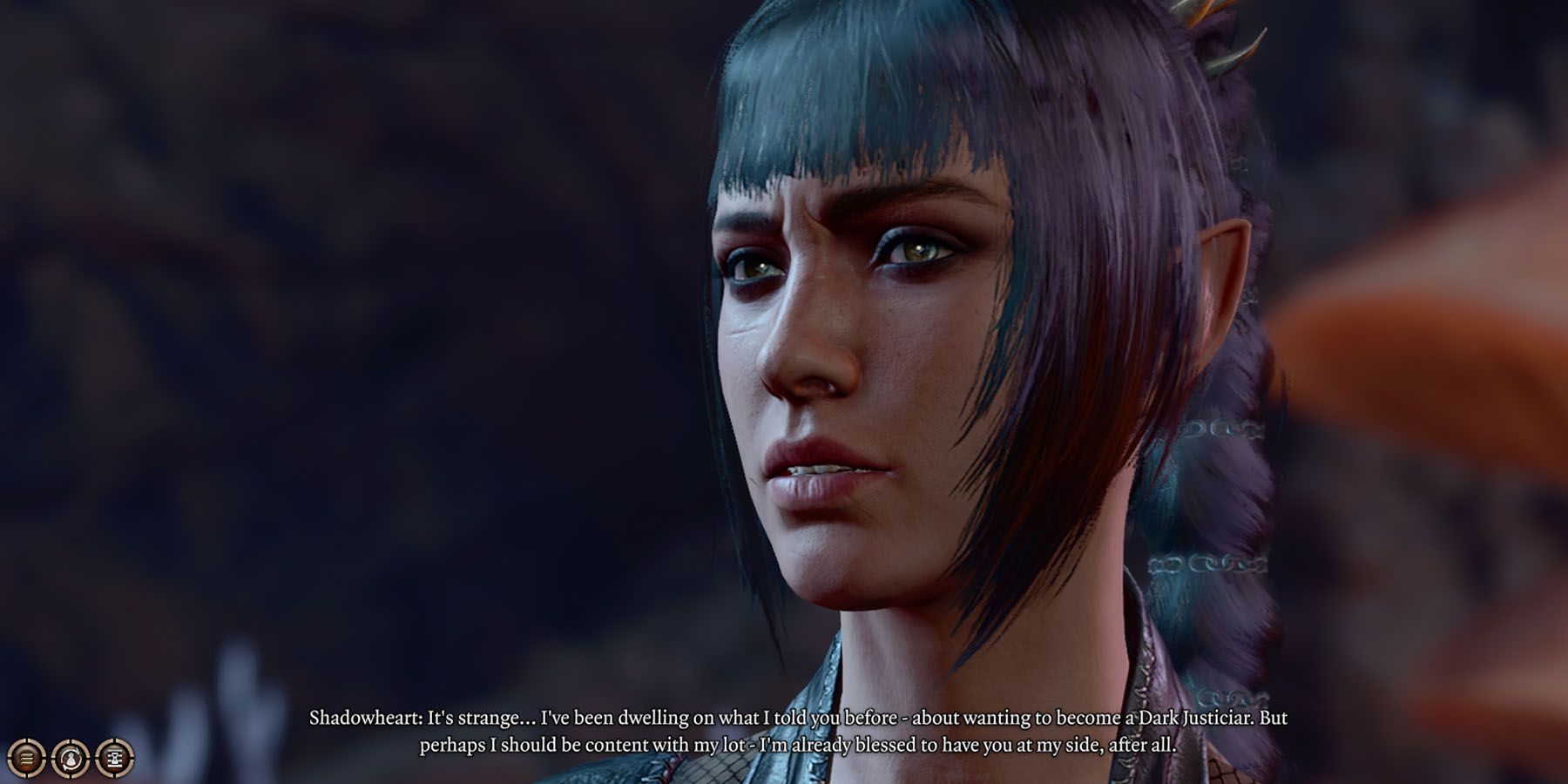
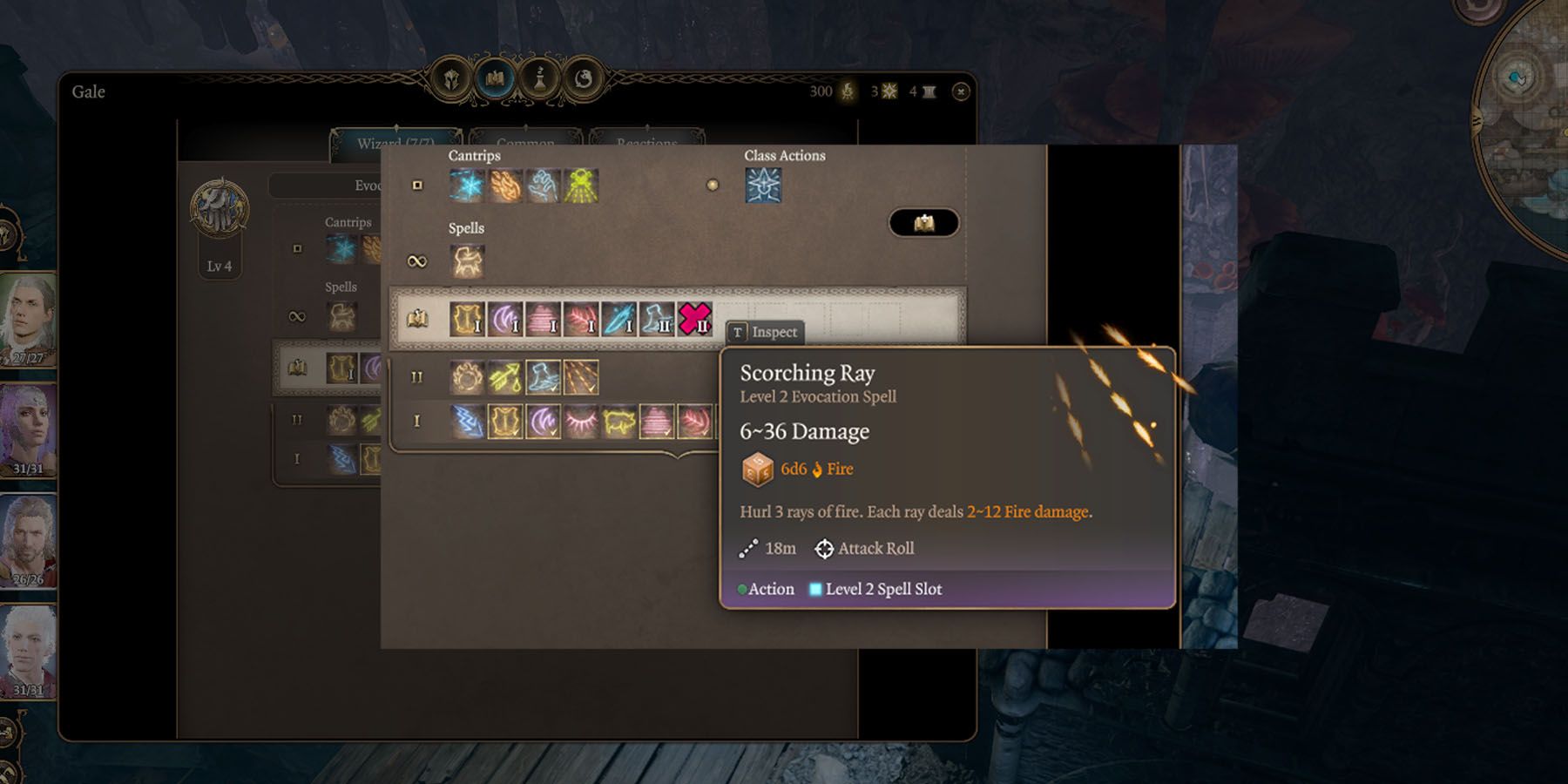
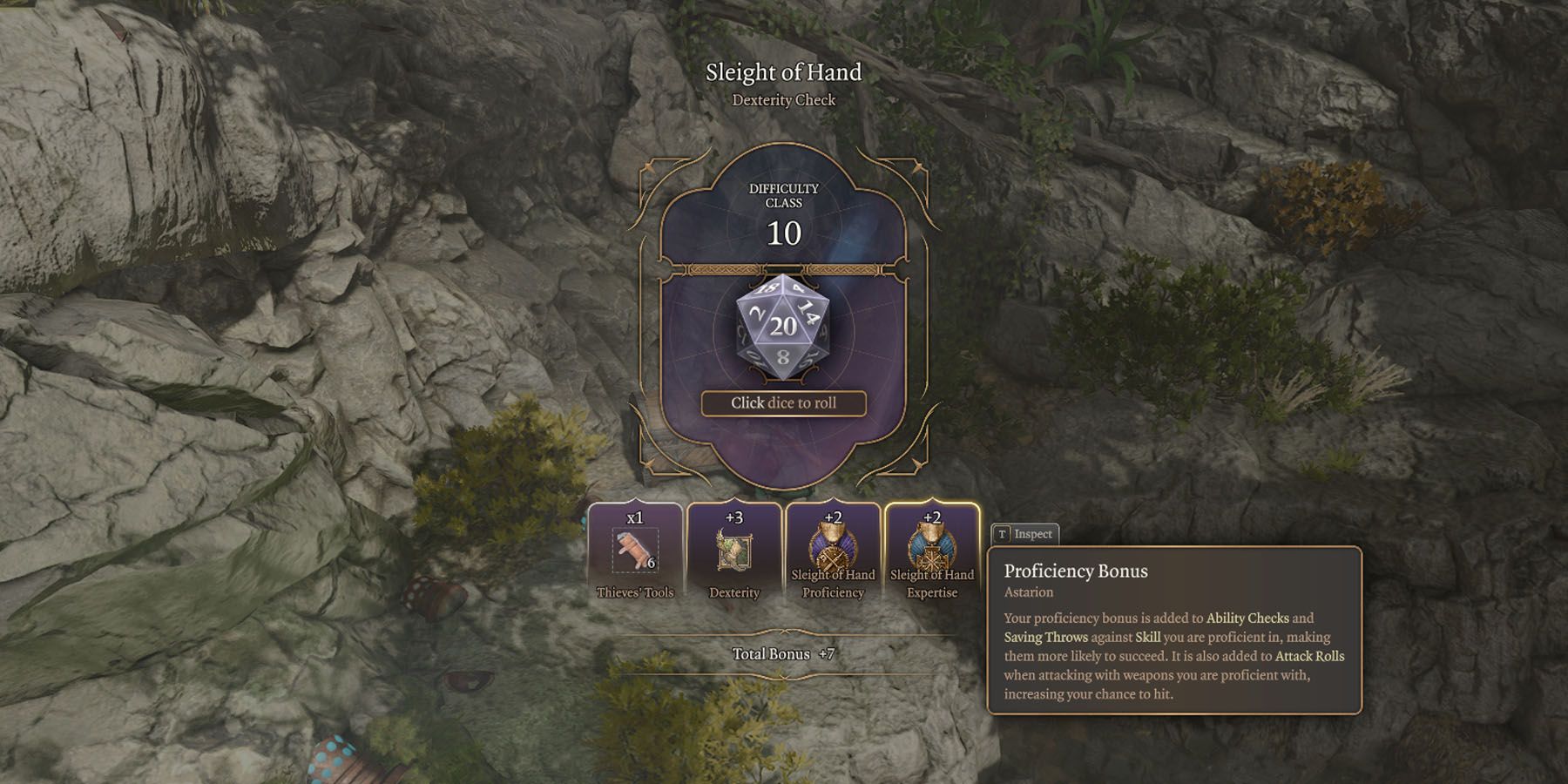
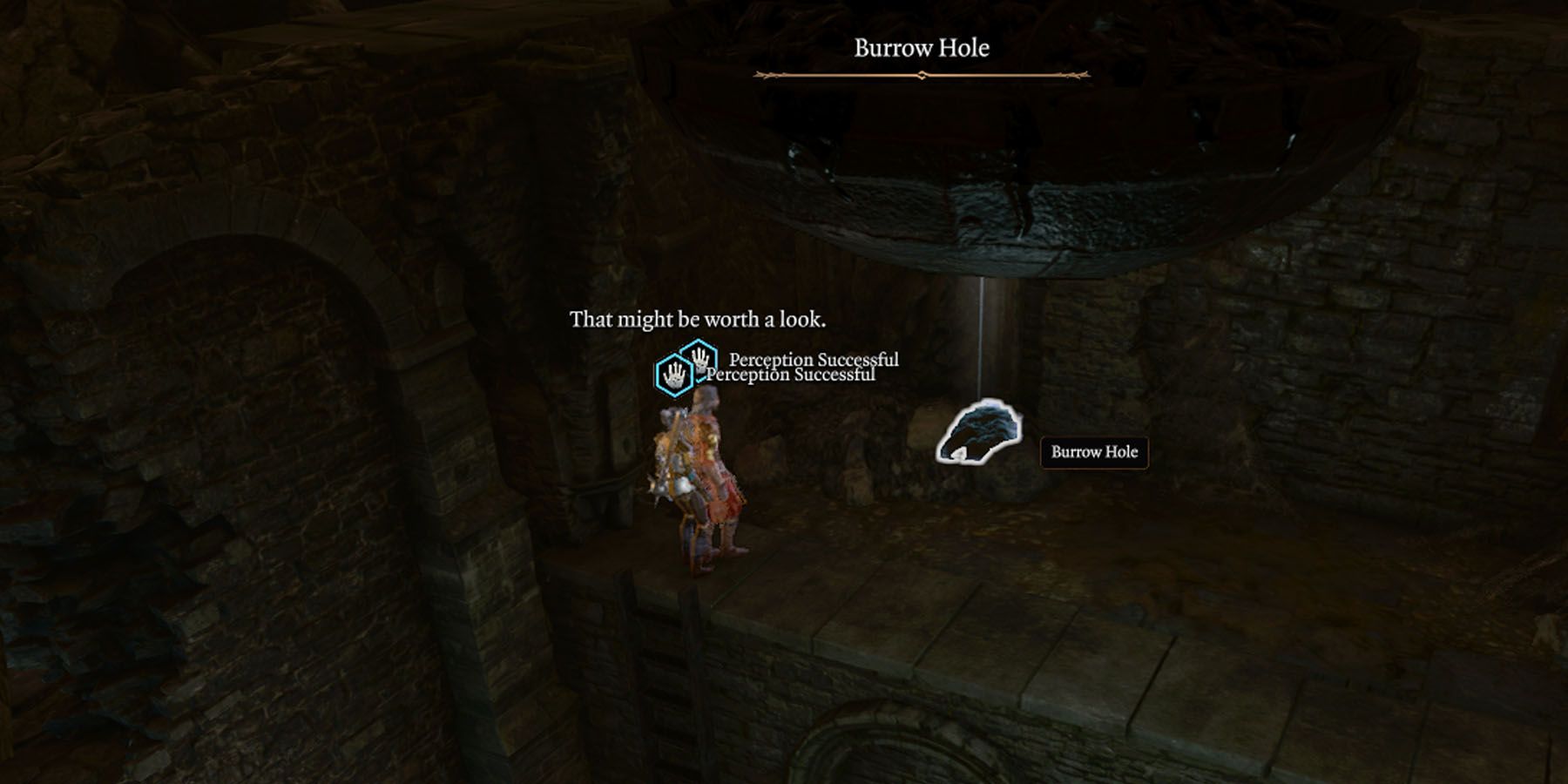
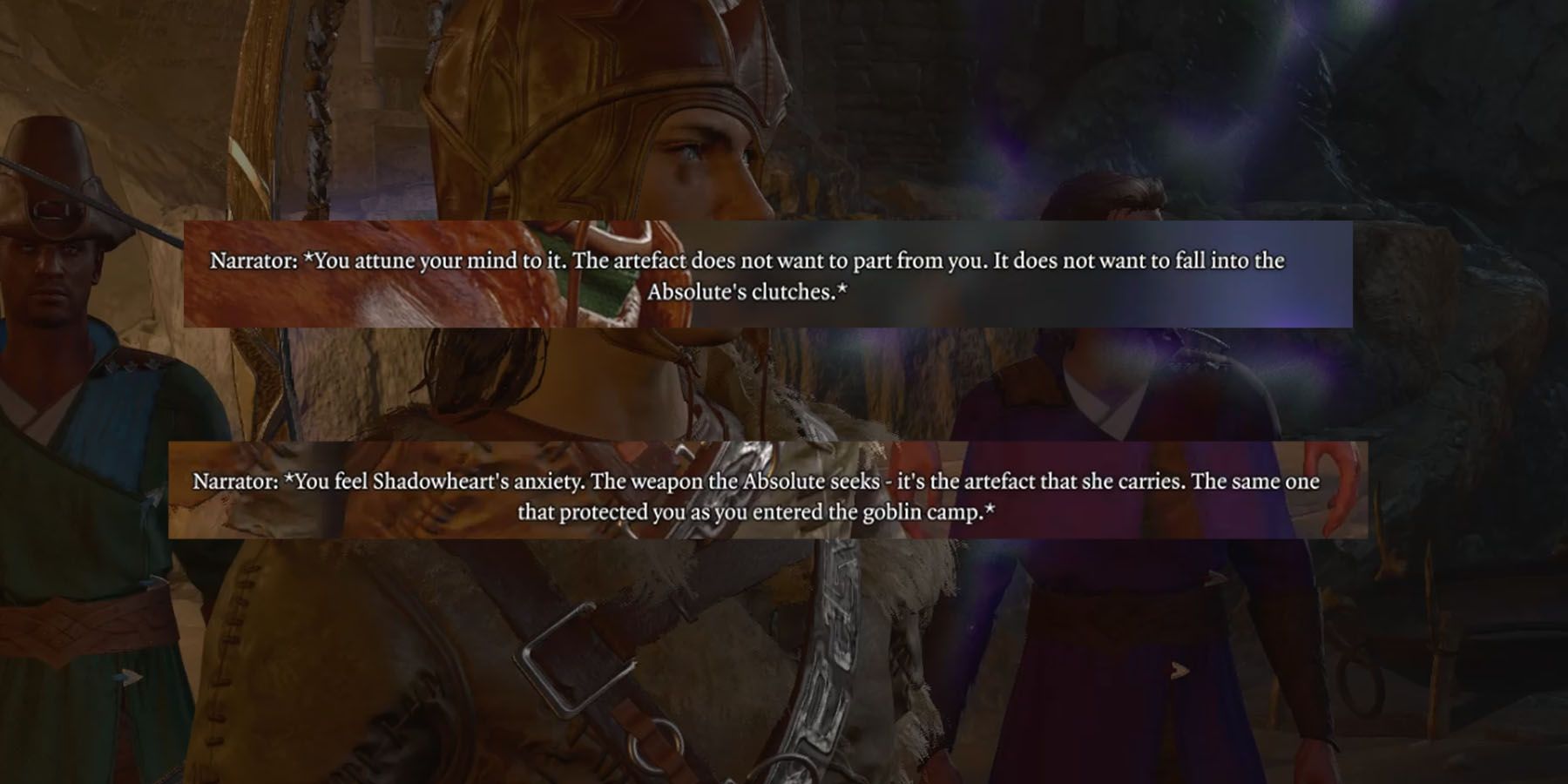
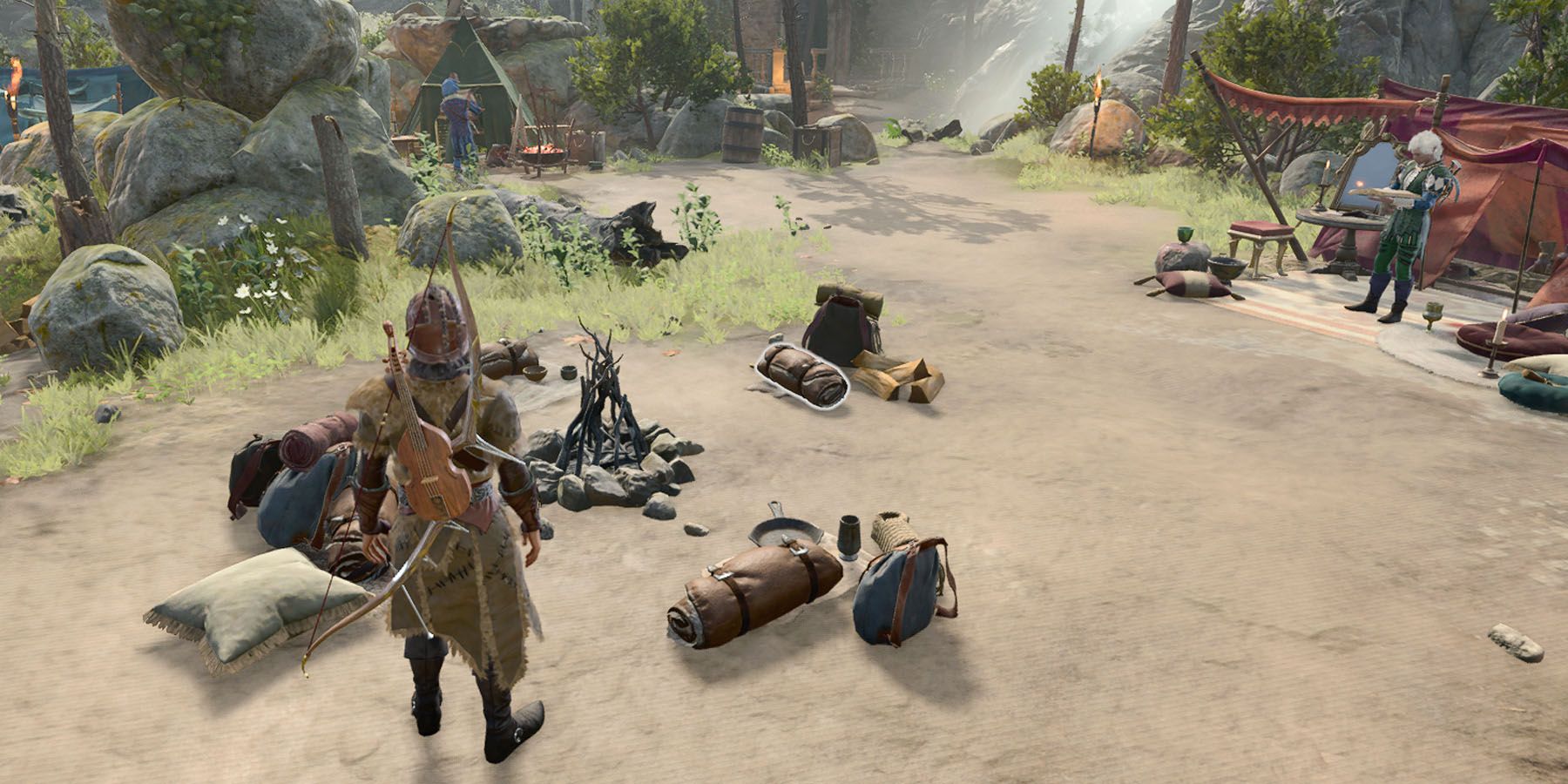
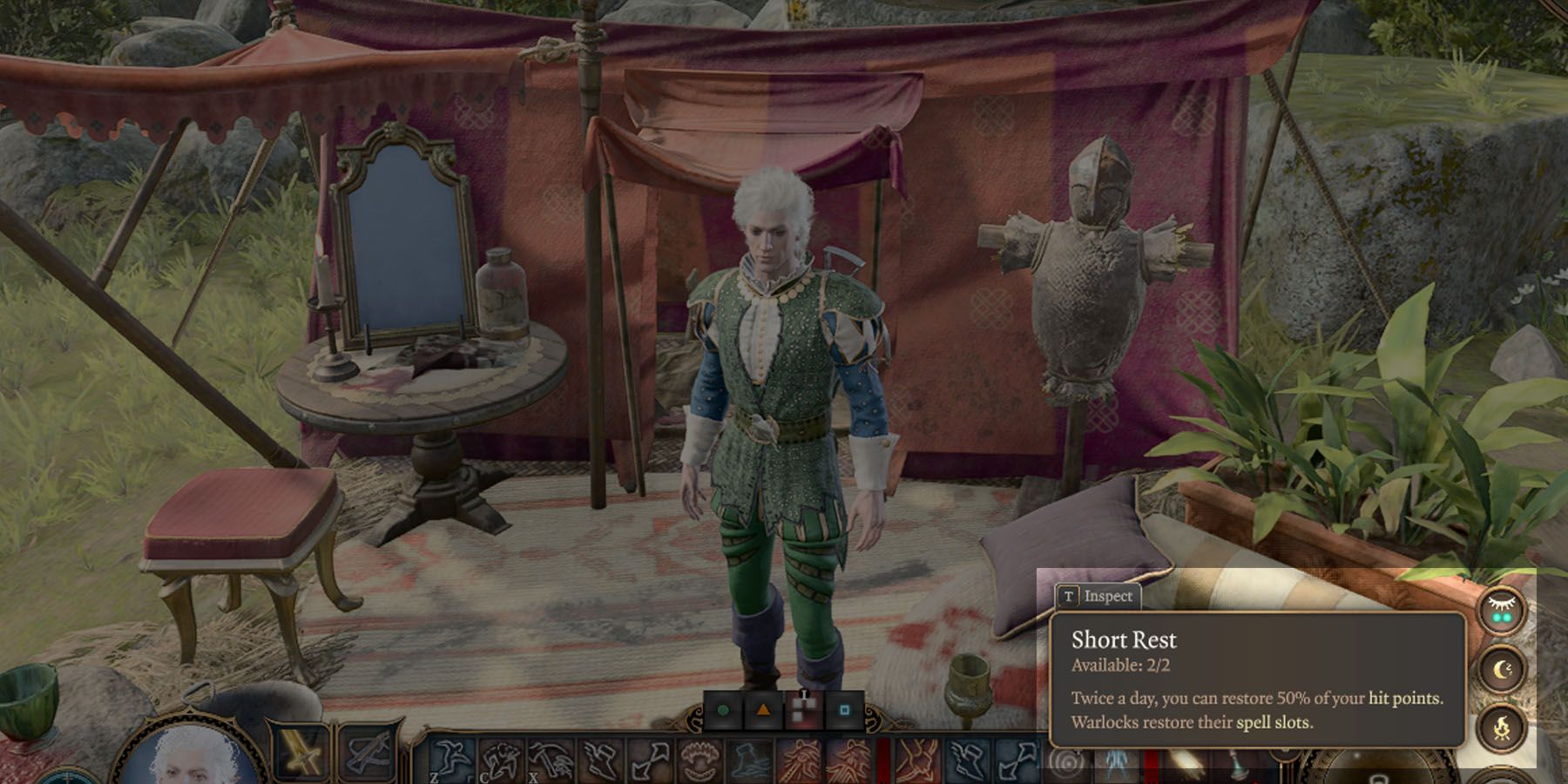
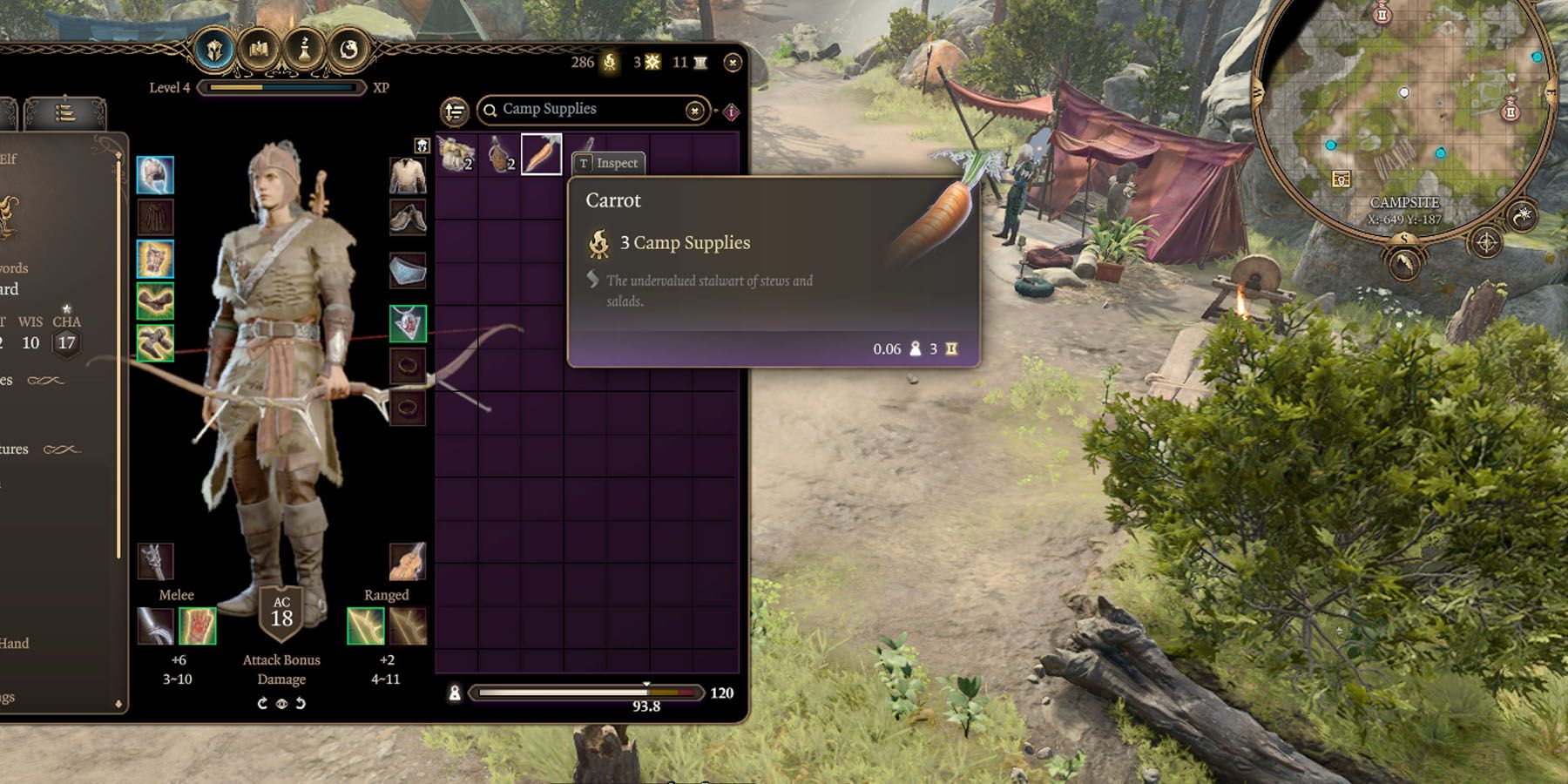















0 Response to "Baldur's Gate 3: Things It Improved From Divinity Original Sin 2 - GameRant"
Post a Comment